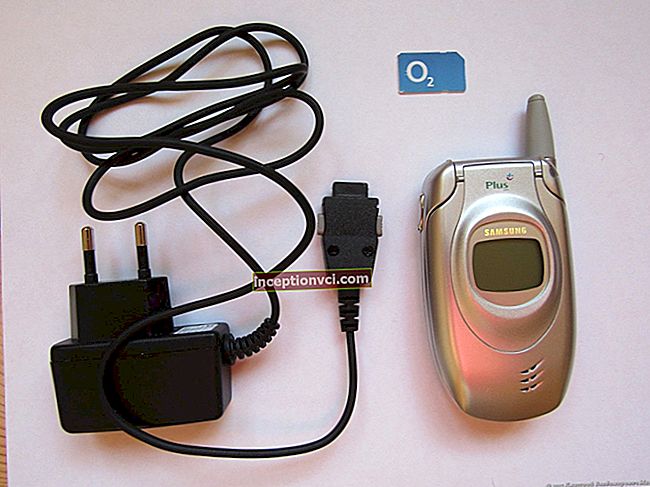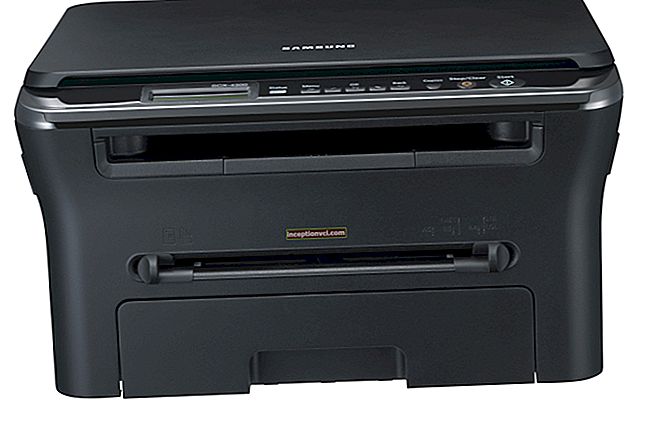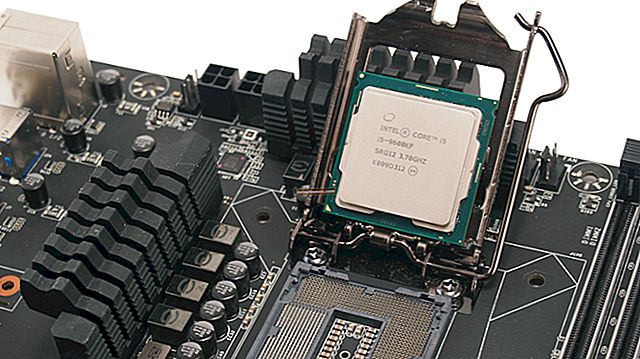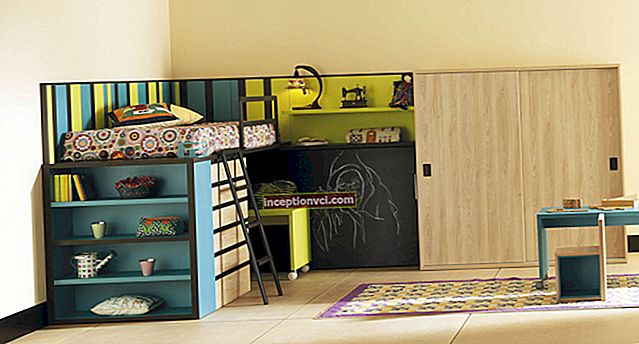Canon PowerShot SX210 IS camera review
Introduction
The Canon PowerShot SX210 IS is a continuation of the famous Canon zoom model. The camera is equipped with a 14x optical zoom lens with a focal length range of 28-392mm and built-in image stabilization. I would also like to mention a 14-megapixel CCD sensor, 3-inch LCD screen, DIGIC 4 processor for image processing, HD video recording with support for stereo sound and HDMI output, as well as an automatic mode with scene recognition technology and an easy mode for newbies. The Canon SX210 IS also offers a new face timer and automatic red-eye correction to enhance the quality of your portraits. Plus the camera offers a full range of manual exposure control modes for more experienced photographers. The Canon PowerShot SX200 IS is available in black, magenta and gold.
Design and use.
For the last couple of years, Panasonic has been offering reliable compact cameras, with a large zoom lens (the famous TZ series), most recently Samsung has joined them with the WB500 / 550 and WB650 models. Now Canon has joined the race for large zoom lenses in compact cameras. Launching first the SX200 IS, which had a 12 megapixel sensor and 12x lens magnification, and then releasing the sequel to this camera, the PowerShot SX210 IS, which has a 14 megapixel sensor and 14x optical zoom.
Canon is positioning the PowerShot line as one that any family member can use. With this in mind, cameras should be easy to use and come with an impressive feature list. The goal will appeal to a fairly wide user audience, and is reflected in the release of the camera in three colors: black, gold and purple.
In addition to the 14 megapixel sensor and 14x zoom, with an equivalent focal length of 28-392mm, the camera has a 3-inch 230k-dot screen on the back that displays a 4: 3 aspect ratio by default. Video recording based on the resolution, 1280x720p is automatically recorded in 16: 9 format. Since such an image will be better displayed when viewed on a desktop PC, or flat TV.
Canon's marketing company ran under the headings "Movies in Your Pocket" for this, the camera has an HDMI output that connects the camera to a TV. Although the corresponding cable must be purchased additionally. Selling such add-ons allowed the company to increase its retail profits.
Although the SX210 IS camera looks the same as its predecessor, the SX200 IS, there are a few notable changes. The shooting mode wheel has moved from the top panel to a new location in the upper right corner of the rear panel, where you can switch it with your thumb instead of your index finger as before. This wheel has 13 choices for modes of use, ranging from those found in entry-level DSLRs to automatic modes for beginners. Canon has included an "easy mode" with automatic scene selection here, this mode is denoted on the camera by a heart icon, which more often means "Favorite". It optimizes shooting parameters and allows users to have nothing to worry about taking great pictures without thinking about shooting. Also here you will find the modes that professional cameras are equipped with, such as shutter priority or aperture priority, manual settings. The camera also received new effects such as the diorama effect, the "Fisheye" effect. Plus a new Smart Shutter mode that lets you turn on the shutter with a smile or blink. This mode is for shooting when you want to be in the frame too.In addition, by pressing the Display button on the back of the Canon, and using the zoom slider on the top panel, you can precisely control the portion of the image that remains sharp and blurring the rest.
Unfortunately, these effects cannot be used when recording movies - although users have access to My Colors settings, including color change and color accentuation. When shooting video, you can take full advantage of the optical zoom, its silent transition means that the built-in microphone will not pick up unnecessary noise during recording (a common reason for manufacturers to disable the zoom). Focus adjusts automatically when the user zooms in on the image. The camera does not have alternative manual rings and therefore it may take some time for the camera to focus on the subject.
The case is made of plastic and metal and is well assembled, can withstand a slight drop or slight impact when inactive. The edges of the chamber have become more curved. At the same time, the size of the camera is slightly larger than the average size of compacts, but the weight is lighter even with an installed memory card and battery. But the size of the camera is a fair tradeoff considering the built-in powerful zoom lens that extends up to 2 inches from the body at a maximum focal length of 392mm. To ensure fast performance, Canon has integrated the DIGIC IV processor into the camera, which is used by the manufacturer's DSLRs. We have already mentioned the Smart Auto mode with scene recognition technology, where the camera selects from 22 scenes and takes pictures with the most optimal parameters. Also in the camera there was an increase in contrast, and a Smart exposure mode when shooting with a flash. A mode that adjusts flash levels according to the prevailing shooting conditions. Colossal face recognition technology that can recognize up to 35 faces in a frame. The SX210 IS has a built-in flash that pops up from the top of the body. This flash can be used to reduce the red-eye phenomenon, provided the automatic program for red-eye correction is activated. It is also worth noting that unlike competing models, in which the flash is raised only at your command. In this camera, the flash automatically pops up when the camera is turned on. As expected, the camera does not have a lot of built-in memory, but it can be expanded with SD, SDHC or high-speed SDXC cards. As for the video, there is the option to directly upload the video to YouTube In front, slightly off-center, is the lens, which is completely hidden in the body when the camera is turned off. To the left of it is a small window for the timer and autofocus illumination. In the upper right corner above the lens, we find a tiny spot to manually activate the pop-up flash with your fingernail, if required. Above, we'll also find a dual microphone that sits on the top panel rather than the more traditional front-panel location. This arrangement allows you to reduce extraneous noise when the lens is moving. In the center between the microphones is a built-in speaker for playing sound while watching clips. On the left we find a pop-up flash that is neatly tucked away flush with the body when not in use. On the other side is the trigger button. To the left of the shutter button, there is a switch for controlling the zoom; rotation to the right - to enlarge the image, to the left - to reduce the image. Further behind this button is the power on / off button. Most of the rear panel of the camera is occupied by a widescreen LCD, and to the right of it there are operational control buttons. Above all is the mode dial with ribbed edges to help you switch between modes better.As mentioned earlier, the control wheel has 13 mode choices. Smart Auto, Easy Auto, Programs, Aperture Priority, Shutter Priority, Manual Shooting. Also here are the optimal settings for some shooting scenes, such as portrait, landscape, night photography, children and pets, etc. Below the shooting modes there is a button for activating video recording, and next to it is the same play button. There is a wheel under them, which has no markings. When you press the dial, the previously hidden settings appear on the screen. And so with this wheel you can control the settings for the flash, timer, manual focus, and exposure compensation (+/- 2 EV). In manual focus mode, the distance to the subject is shown by a slider appearing on the right side of the screen, the focal length to the subject is changed by rotating the scroll wheel. Any changes take effect when you press the buttons in the middle of the control wheel. Unfortunately, the manufacturer did not find a place for the delete button on the back panel. In order to delete a photo you have to press six buttons, which is a little annoying. Below are two buttons that answer. The first is "Display" for displaying information about shooting and photographs on the screen. The second is responsible for accessing the menu. On the right side of the camera, you will find the HDMI port, which is covered with a plastic cover. This port allows you to connect the camera to an LCD TV if you purchase the appropriate cables. It also houses the more traditional AV and USB ports. On the same side, you will find a place for attaching a wrist strap. At the bottom, you will find a double compartment that is designed for memory cards and a battery. A full charge is enough for 260 shots. Of course, the camera contains several controversial points, such as the fact that the flash automatically rises when turned on, or the fact that in order to delete the image, you must press several buttons instead of one. Still, the advantages of the camera do not outweigh the improvements. Image quality. The pictures taken by the SX210 IS are warm and colorful. A bit unnatural. There was also good focus work, all shots were sharp and with clearly visible details of the subjects. The miniature and fisheye effects, which are welcome additions, gave the pictures good effects. Their use is designed for users who do not have any special skills. Some distortion is visible at the minimum focal length. The sensitivity range available on the SX210 IS from ISO 80 to 1600 is small. This is due to the fact that at higher values there would be visible noises and the use of these images would not be possible. The results that the camera shows when shooting are really good and can compete with cameras in the more expensive range. Here are some examples of photos taken with the Canon PowerShot SX210 IS: Technical data Image sensor: 1 / 2.3 inch CCD type Effective Pixels: 14.1Megapixels Color Filter Type: Primary Colors Lens: 5.0 to 70.0 mm focal length (35 mm equivalent: 28 to 392mm) Zoom: optical 14x, digital 4x, combined 56x Aperture: f / 3.1 - f / 5.9 Device: 12 elements in 10 groups Image stabilization: optical 4-stop Focusing: TTL, Face Detection Technology, 1-point AF (Fixed Center or Selected Face) Autofocus Modes: Single, Continuous AF-assist beam, Manual focus Exposure metering modes: Evaluative metering (by detection AF frame), center-weighted averaged metering, spot metering (center) Exposure compensation: +/- 2 EV in 1/3-stop increments, i-Contrast for automatic dynamic range correction ISO sensitivity: AUTO, 80, 100, 200, 400, 800, 1600 Exposure: 15 - 1/3200 sec (full range - depends on shooting mode) White balance: auto (including white with face detection), daylight, cloudy, incandescent, fluorescent, custom Monitor: 7.6 cm (3.0 ") PureColor II G (TFT), aspect ratio 16: 9, approx. 230,000 dots Continuous shooting: 0.7 frames / second using autofocus Image resolution: 4320 x 3240 pixels, 3456 x 2592 pixels, 2592 x 1944 pixels, 1600 x 1200 pixels, 640 x 480 pixels Video resolution: 1280 x 720, 30 fps, 640 x 480, 30 fps, 320 x 240, 30 fps File types Photos: JPEG, Digital Print Order Format [DPOF] Ver.1. Movies: MOV [H.264 + Linear PCM (stereo)] Interface: Computer: USB Video output: Mini HDMI jack, AV (PAL / NTSC) Conclusion It is quite possible to say that the Canon PowerShot SX210 IS camera can be considered as an all-in-one device capable of taking good pictures and recording good quality videos. The camera is suitable for a large audience of users. In addition, a wide range of focal lengths provides more opportunities for shooting. The larger physical size of the camera compared to competitors means it will be easier for children and the elderly to hold the camera while shooting. That being said, the camera has a lot of good features to help you make a choice towards this camera.
















